Sushi is a popular Japanese dish that has become a global phenomenon. It is a go-to meal for many people who are looking for a healthy and delicious option. However, if you are on a keto diet, you may be wondering whether sushi is keto-friendly. In this article, we will explore this topic and provide you with all the information you need to know about sushi and the keto diet.
Firstly, we will discuss what the keto diet is and how it works. We will then delve into the components of sushi and explain which ones are keto-friendly and which ones you should avoid. I will also provide you with alternative sushi options that are suitable for the keto diet. Additionally, we will highlight the potential hidden carbs in sushi and how to avoid them. Finally, we will talk about how to eat sushi at Japanese restaurants and how to make keto sushi at home.
Key Takeaways
- Sushi can be keto-friendly if you choose the right components and avoid hidden carbs.
- Understanding the carbohydrates in sushi is crucial for those on a keto diet.
- Making keto sushi at home is a great way to ensure that you are eating a healthy and delicious meal that is suitable for your diet.

Is Sushi Keto-Friendly?
Sushi is a delicious and healthy dish, but it can also be high in carbs due to the rice. If you’re following a keto diet, you don’t have to give up sushi completely. You can still enjoy the fresh and flavorful seafood by choosing sashimi, which is pure protein and has no carbs. You can also try some low-carb alternatives to rice, such as cucumber, cauliflower, or seaweed. These ingredients can help you make your own keto sushi rolls at home or order them at a restaurant.
Just remember to watch your portions and pick your ingredients carefully, as some sauces and toppings may have hidden carbs. By following these tips, you can have sushi and stay keto-friendly.
Keto-friendly Sushi Options
Here are some keto-friendly sushi options that you can enjoy without worrying about your carb intake:
Sashimi: This is a Japanese delicacy that consists of raw fish without any rice. Sashimi is a great keto-friendly option because it’s low in carbs and high in protein and healthy fats.
Nori Rolls: Nori rolls are sushi rolls without rice. Instead, they use sliced vegetables or avocado as a substitute. You can also add sashimi or cooked shrimp to make it more filling.
Cucumber Rolls: Cucumber rolls are another great option for keto dieters. They are made by slicing cucumbers into thin strips and filling them with sashimi or other keto-friendly ingredients.
Not Keto-friendly Sushi Options
Here are some sushi options that are not keto-friendly and should be avoided:
Maki Rolls: Maki rolls are the most common type of sushi that consists of rice, fish, and vegetables. They are not keto-friendly because of the high carb content in the rice.
Tempura Rolls: Tempura rolls are sushi rolls that are deep-fried in batter. They are not keto-friendly because of the high carb content in the batter.
Eel Sauce: Eel sauce is a sweet and savory sauce that is commonly used in sushi. It’s not keto-friendly because of the high sugar content.
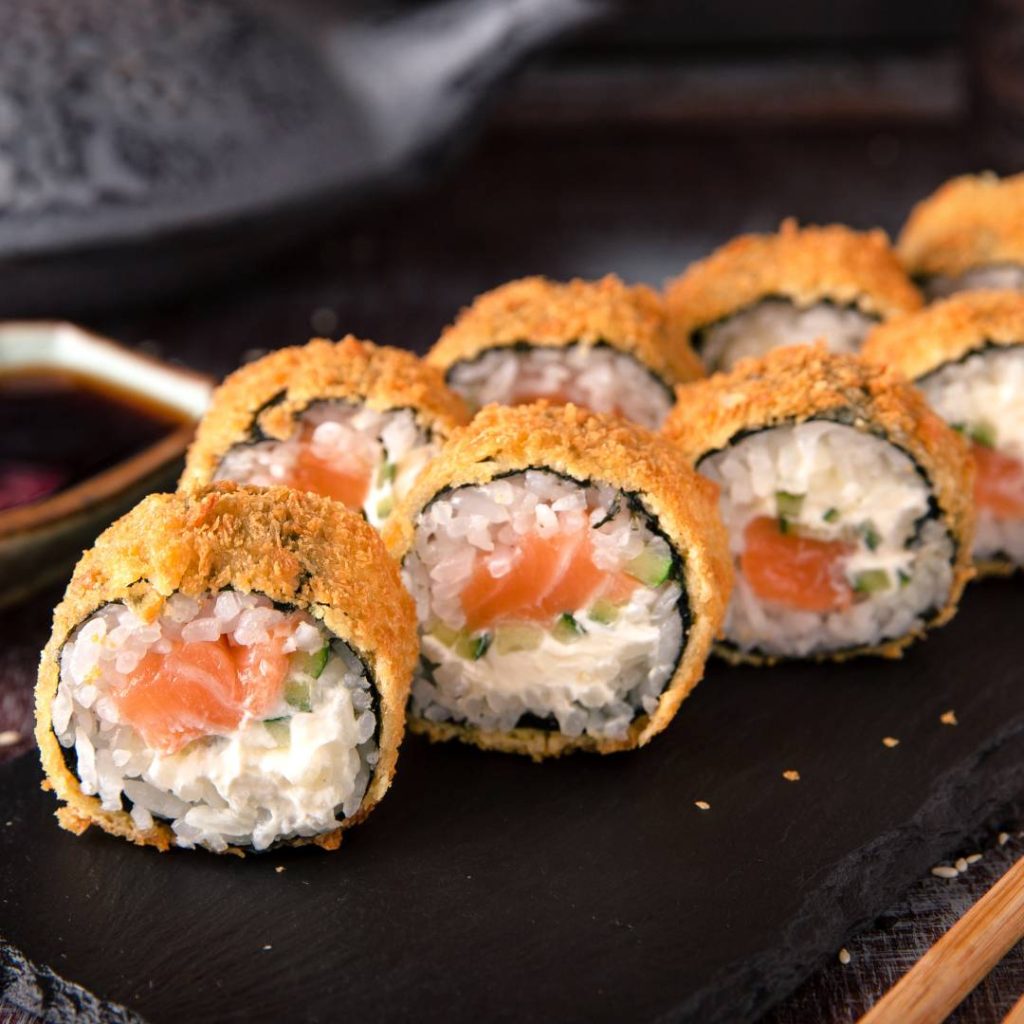
Understanding the Components of Sushi
Sushi can be a great option for those following a keto diet, but it’s important to understand the components of sushi before making your choices.
Rice in Sushi
Rice is a staple ingredient in sushi. However, it’s important to note that sushi rice is typically seasoned with sugar and vinegar, which increases its carbohydrate content. For those following a keto diet, it’s best to limit the amount of sushi rice consumed or opt for sushi rolls without rice.
Fish in Sushi
Fish is a primary ingredient in sushi and provides a source of protein and healthy fats. Raw fish, such as salmon and tuna, are popular choices for sushi rolls. However, it’s important to choose fish that is fresh and of high quality to avoid any potential health risks.
Vegetables in Sushi
Vegetables are often included in sushi rolls, such as avocado, cucumber, and carrot. These provide a source of fiber and nutrients, but it’s important to note that some vegetables may be higher in carbohydrates than others. For those following a keto diet, it’s best to choose low-carb vegetables such as cucumber and avoid starchy vegetables like sweet potato.
Nori in Sushi
Nori, or dried seaweed, is used to wrap the sushi rice and fillings. It’s a good source of iodine and other minerals. Nori sheets are low in carbohydrates and can be a great addition to a keto diet.
Sauces in Sushi
Sauces are often used to enhance the flavor of sushi rolls, such as soy sauce, teriyaki, and sugary sauces. However, these sauces can be high in carbohydrates, especially teriyaki and sugary sauces. For those following a keto diet, using soy sauce in moderation or opting for sushi rolls without sauces is best.
Carbohydrates in Sushi
While sushi is a delicious and healthy food option, it is important to understand the carbohydrate content of the dish, especially if you are following a keto diet.
The main source of carbohydrates in sushi is the rice. Sushi rice is a short-grain rice that is sticky and sweet. It is cooked with vinegar, sugar, and salt to give it a tangy flavor. A half cup of sushi rice contains approximately 65 grams of carbohydrates, making it a high-carb food.
Apart from rice, the other ingredients in sushi, such as fish, vegetables, and seaweed, are low in carbs. However, some sushi rolls may contain additional high-carb ingredients, such as tempura batter, sauces, and fillings like cream cheese or avocado.
If you are following a keto diet, it is important to choose sushi rolls that are low in carbs. You can opt for sushi rolls that are made without rice or with low-carb rice alternatives like cauliflower rice.

Alternative Sushi Options for Keto Diet
If you’re following a keto diet, traditional sushi rolls with rice are not an option. However, there are still plenty of delicious and satisfying sushi options that are low in carbs and keto-friendly. Here are some alternative sushi options to try:
Sashimi
Sashimi is a popular Japanese dish that consists of thinly sliced raw fish. It’s a great option for keto dieters because it’s high in protein and low in carbs. You can enjoy sashimi on its own or pair it with some keto-friendly dipping sauces like soy sauce, wasabi, or ponzu sauce.
Naruto Rolls
Naruto rolls are a type of sushi roll that’s made without rice. Instead, the filling is wrapped in a thin layer of cucumber or daikon radish. These rolls are low in carbs and high in fiber, making them a great option for keto dieters. You can fill them with your favorite sushi ingredients like salmon, avocado, and cucumber.
Cucumber Rolls
Cucumber rolls are another great option for keto dieters. They’re made by slicing a cucumber lengthwise and filling it with your favorite sushi ingredients. You can use salmon, tuna, avocado, and cream cheese to make a delicious and satisfying sushi roll without any rice.
Cauliflower Rice Sushi
If you’re missing the texture of rice in your sushi, try making it with cauliflower rice instead. Cauliflower rice is a low-carb and keto-friendly alternative to traditional sushi rice. You can use it to make your favorite sushi rolls like California rolls or spicy tuna rolls. Just be sure to use a nori sheet to wrap the roll and add some sesame seeds for extra flavor.
Overall, there are plenty of alternative sushi options for keto dieters. Whether you prefer sashimi, naruto rolls, cucumber rolls, or cauliflower rice sushi, you can still enjoy delicious and satisfying sushi while staying within your carb limit. Just be sure to avoid high-carb ingredients like sushi rice, maki rolls, and tempura. Stick to real crab, low-carb vegetables, and keto-friendly sauces to make the perfect keto sushi rolls.
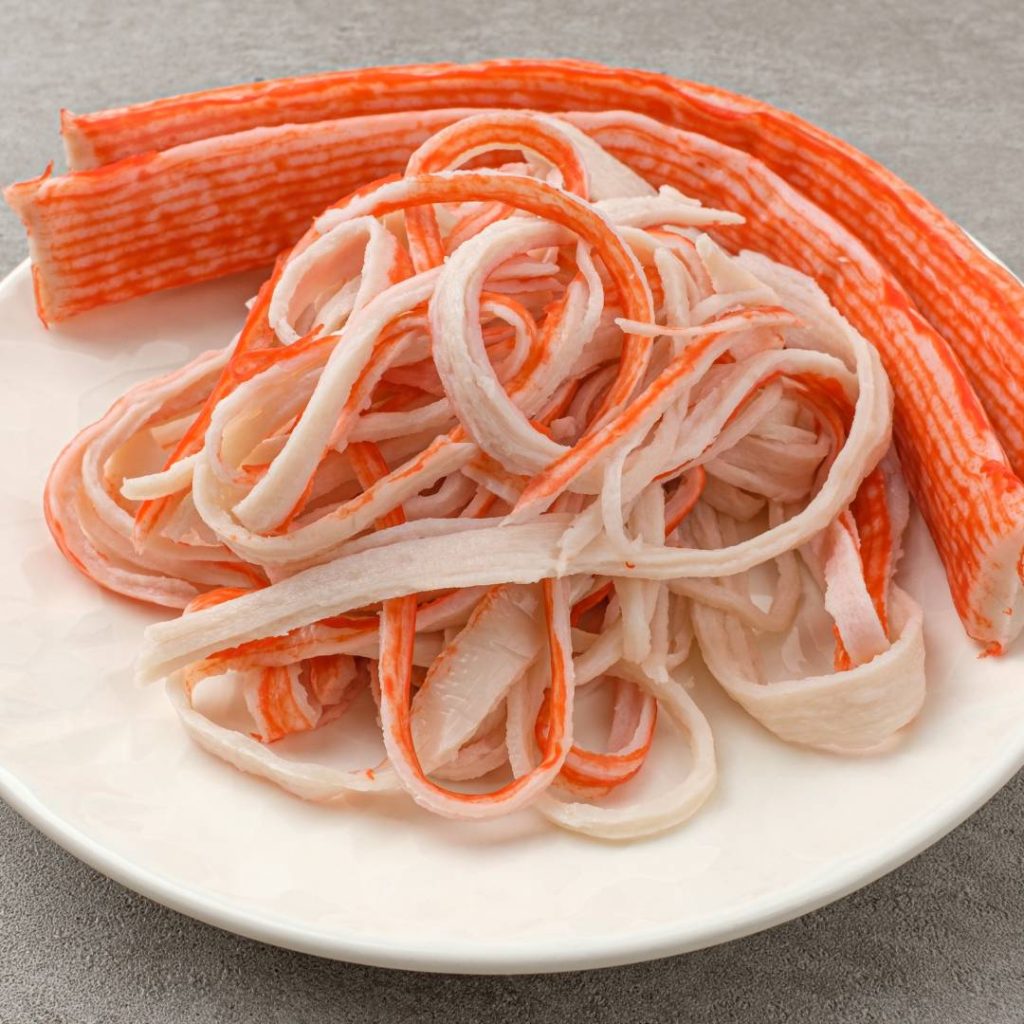
Potential Hidden Carbs in Sushi
When it comes to sushi, the main ingredient that makes it non-keto-friendly is rice. However, there are other potential hidden carbs in sushi that you should be aware of, especially if you are following a strict low-carb or ketogenic diet.
Imitation Crab
Imitation crab, also known as crab stick, is a common ingredient in many sushi rolls. However, it is not made from real crab meat but rather a blend of fish and other ingredients. Imitation crab often contains added sugar, fillers, and starches that can increase the carb count. Always check the ingredients list or ask the sushi chef if the crab stick contains any added sugar or flour.
Sauces
Sauces are another potential source of hidden carbs in sushi. Many sushi rolls are served with soy sauce, which contains some carbs. Additionally, some sushi rolls are drizzled with sauces like eel sauce, which is made with soy sauce, sugar, and mirin (a sweet rice wine). Always ask for sauces on the side and use them sparingly.
Flavored Sushi
Some sushi rolls are flavored with ingredients like teriyaki sauce, which contains added sugar. Other rolls may contain tempura batter, which is made with flour and can significantly increase the carb count. Always read the menu carefully or ask the sushi chef about the ingredients in the rolls before ordering.
Eel
Unagi, or freshwater eel, is a popular ingredient in sushi rolls. However, eel is often glazed with a sweet sauce that contains added sugar. If you are ordering a sushi roll with eel, ask the sushi chef if the eel is glazed with a sweet sauce or if it can be served without the glaze.
Storing Sushi
If you are buying pre-made sushi from a grocery store or sushi restaurant, be aware that the rice may be seasoned with added sugar or vinegar, or starches to help preserve the freshness. Always check the ingredients list and nutrition information before purchasing pre-made sushi.

Making Keto Sushi at Home
While traditional sushi is often rice-based and high in carbs, there are keto-friendly alternatives that won’t disrupt your ketosis. Sashimi, which is raw fish served without rice, is a fantastic option for those following a ketogenic diet. You can also explore a variety of low-carb sushi alternatives that are just as delicious.
Substituting Rice with Low-Carb Alternatives
One of the main challenges of making keto-friendly sushi is finding a suitable replacement for rice. Fortunately, there are several low-carb alternatives that you can use, such as cauliflower rice, sliced cucumber, or nori sheets. Cauliflower rice is a popular option because it has a similar texture to rice and is easy to flavor with rice vinegar and salt. Sliced cucumber and nori sheets can be used as wraps for sushi rolls, providing a refreshing and crunchy texture.
Choosing the Right Protein and Vegetables
When making keto sushi, it’s essential to choose the right protein and vegetables to keep your net carbs low. Fish, shellfish, and tofu are all great options for protein, as they are low in carbs and high in healthy fats. Salmon and avocado are also excellent choices, as they are rich in omega-3 fatty acids and provide a creamy texture. For vegetables, you can use low-carb options like cucumber, oshinko, and edamame to add crunch and flavor to your sushi rolls.
Making Keto-Friendly Sauces
Traditional sushi sauces like soy sauce and teriyaki sauce can be high in added sugar and not suitable for a keto diet. However, you can still enjoy flavorful sauces by making your own keto-friendly versions. For example, you can make spicy mayo by mixing mayonnaise with sriracha sauce or a creamy miso sauce by combining miso paste with mayonnaise. You can also add a sprinkle of sesame seeds or wasabi to your sushi rolls for extra flavor.
Assembling Your Keto Sushi Rolls
To assemble your keto sushi rolls, start by laying out your nori sheet or sliced cucumber on a bamboo mat. Add a layer of cauliflower rice or your chosen protein and vegetables in the middle of the sheet. Roll up the mat tightly to form your sushi roll, using a little water to seal the edges. You can also make nigiri sushi by shaping your protein into small balls and placing them on top of sliced cucumber or nori sheets. Serve your sushi rolls with a side of miso soup or edamame for a complete meal.
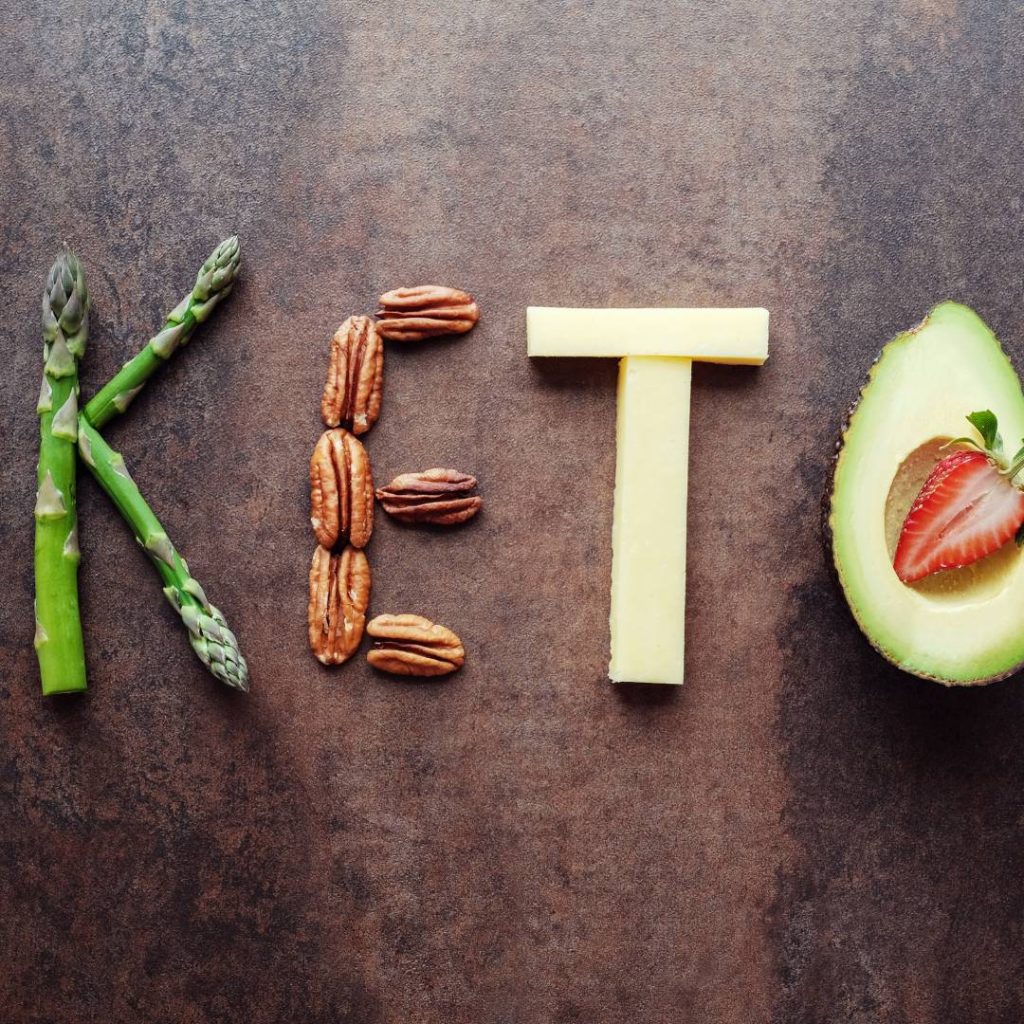
Health Benefits and Risks of Keto Sushi
Sushi is a popular Japanese dish that has gained global popularity over the years. But is sushi keto-friendly? Let’s take a closer look at the health benefits and risks of keto sushi.
Health Benefits of Keto Sushi
Keto sushi can be a healthy addition to your diet if you choose the right ingredients. Here are some of the health benefits of keto sushi:
- High in Protein: Fish is a great source of protein, which is essential for building and repairing muscles. Salmon, tuna, and other seafood used in sushi are excellent sources of protein.
- Low in Carbs: Traditional sushi rice is high in carbs. However, keto sushi uses low-carb alternatives like cauliflower rice or shirataki noodles, making it a great option for those following a low-carb or keto diet.
- Rich in Omega-3 Fatty Acids: Fish used in sushi is rich in omega-3 fatty acids, which have been linked to numerous health benefits, including reducing inflammation, improving heart health, and boosting brain function.



Konnichiwa! (Hello!) I'm Pat Tokuyama, a Japanese tofu cookbook author, who travels for music, food, and adventure. If you like Japanese tea, checkout some of the newestorganic japanese tea, matcha bowls and noren and more!
** Curious about the Plant Based Japanese Cooking Club? ** Learn more here!
Risks of Keto Sushi
While keto sushi can be a healthy addition to your diet, there are some risks to consider:
- High in Sodium: Soy sauce, a common condiment used in sushi, is high in sodium. Too much sodium can lead to high blood pressure and other health problems.
- High in Mercury: Some fish used in sushi, such as tuna and swordfish, are high in mercury. Consuming too much mercury can lead to mercury poisoning, which can cause neurological problems and other health issues.
- High in Calories: Sushi rolls can be high in calories due to the rice and other ingredients used. It’s important to choose low-calorie options and watch your portion sizes.


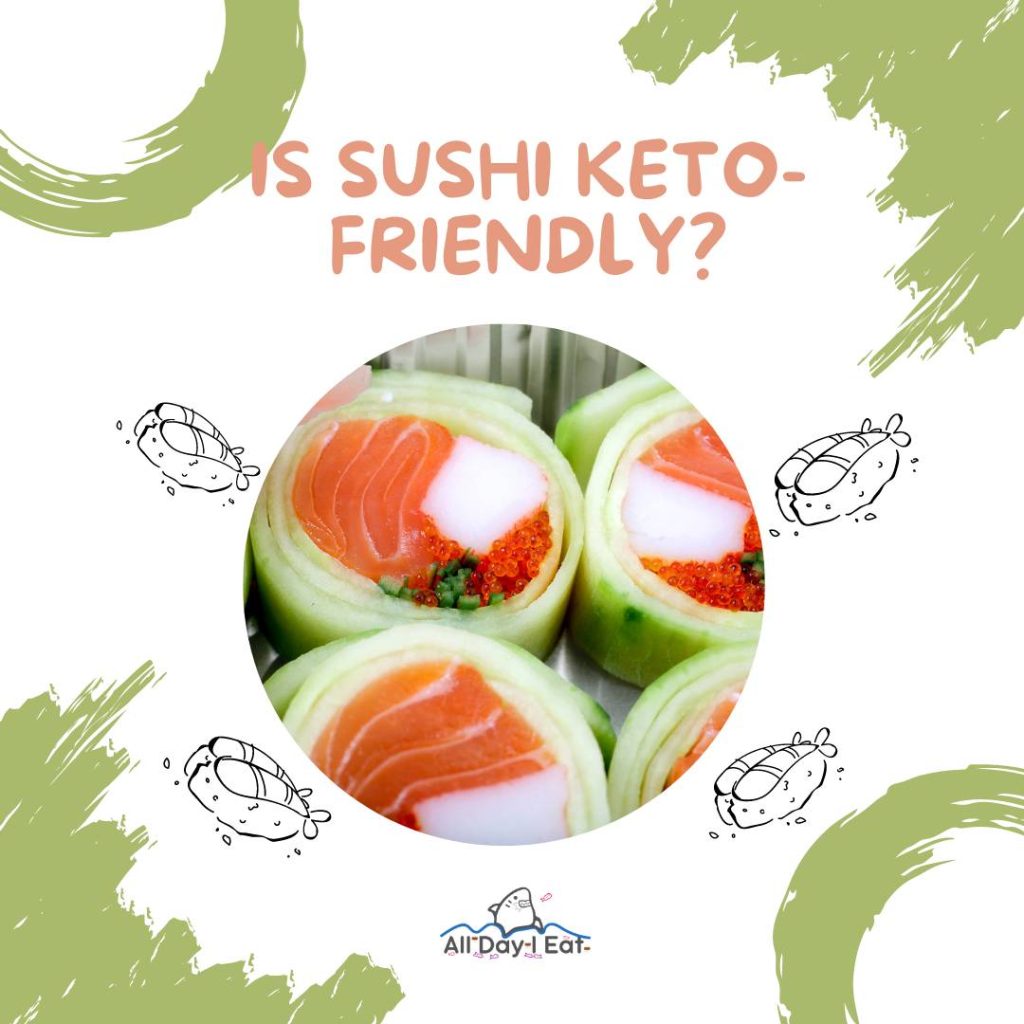





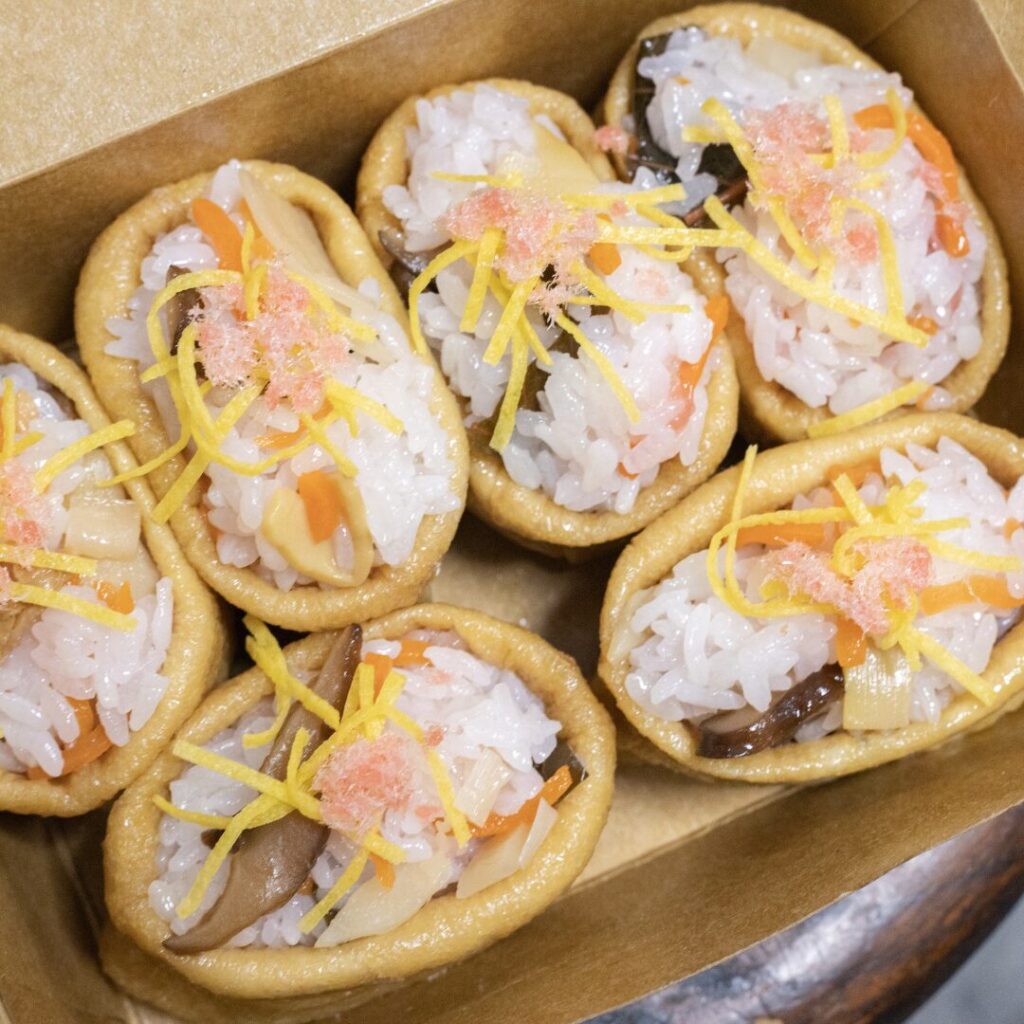


Konnichiwa! (Hello!) I'm Pat Tokuyama, a Japanese tofu cookbook author, who travels for music, food, and adventure. If you like Japanese tea, checkout some of the newestorganic japanese tea, matcha bowls and noren and more!
** Curious about the Plant Based Japanese Cooking Club? ** Learn more here!